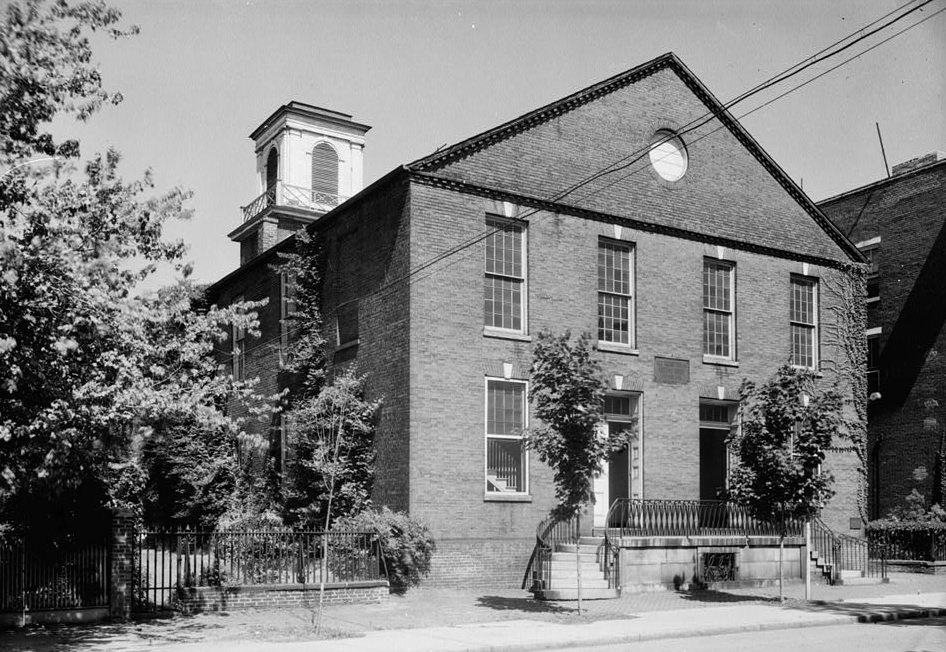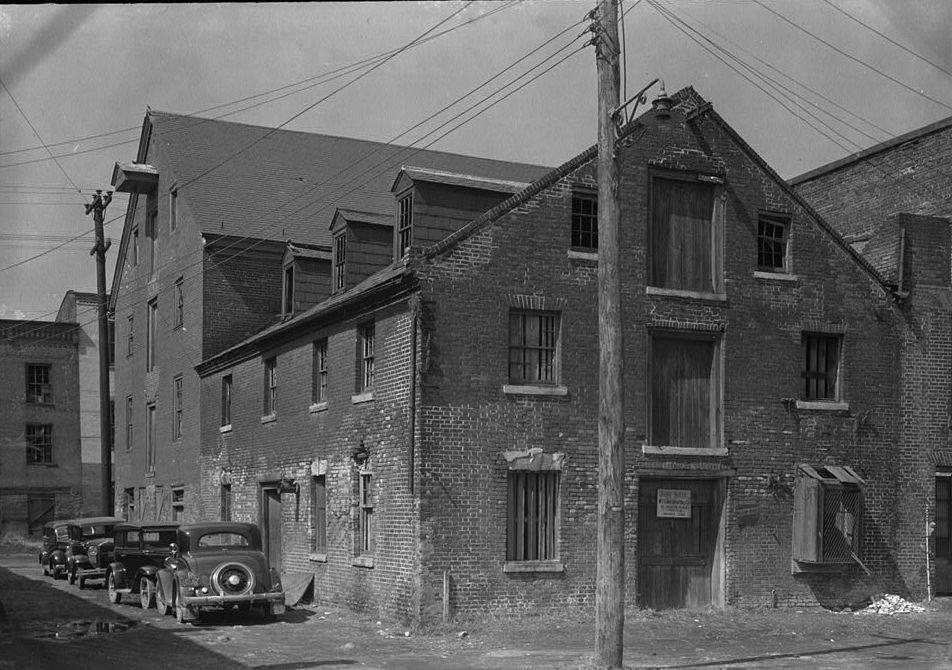Let’s take a step back in time to Alexandria, Virginia, in the 1930s – a city that was defined by resilience and unity amidst nationwide hardship. This era was not just any ordinary decade.. It bore witness to the Great Depression, an economic catastrophe that rocked the foundations of America. Yet, in the face of such adversity, Alexandria displayed an admirable spirit of tenacity and determination. Its people banded together, finding strength in unity and resourcefulness, navigating through the challenging tides of the time.
Economic Challenges and Opportunities
The 1930s were a challenging time for America. The financial crash of 1929 sent shockwaves throughout the country, marking the onset of the Great Depression. Despite this, Alexandria managed to maintain a sense of unity and purpose, a testament to the enduring spirit of its people.
The city’s economy, like the rest of the country, felt the impact of the depression. Industries and businesses faced setbacks, and unemployment rose. However, Alexandrians banded together to support each other, weathering the storm through mutual aid and community spirit.
Simultaneously, the New Deal programs initiated by President Franklin D. Roosevelt provided opportunities for employment and infrastructural development. Many Alexandrians found work through these programs, in sectors such as construction, conservation, and infrastructure development. Alexandria, thus, was able to capitalize on these programs to drive its growth during these difficult times.
Arts and Entertainment
Despite the economic hardships, the 1930s were a vibrant time for the arts and culture. Many found solace and escape in the booming film industry. Theaters like the Strand and the Newton provided welcome entertainment, screening films of Charlie Chaplin, the Marx Brothers, and other popular stars of the time.
Music, too, played a vital role in lifting spirits. Jazz continued to evolve, and big band and swing music began to gain popularity. In Alexandria, music filled the air in homes, churches, and social gatherings, proving to be a powerful tool for bringing people together and providing comfort during difficult times.
Strides in Education and Civil Rights
Education in Alexandria also saw significant developments during the 1930s. The George Washington High School, built in 1935 as a part of the Public Works Administration projects, was a testament to the city’s commitment to education even in the face of economic hardship.
This decade also witnessed significant strides in civil rights, with Alexandria being home to pioneering lawyer Samuel W. Tucker. Tucker, an African American civil rights activist, staged a sit-in at the segregated Alexandria Library in 1939, marking one of the earliest protests of this kind.




































